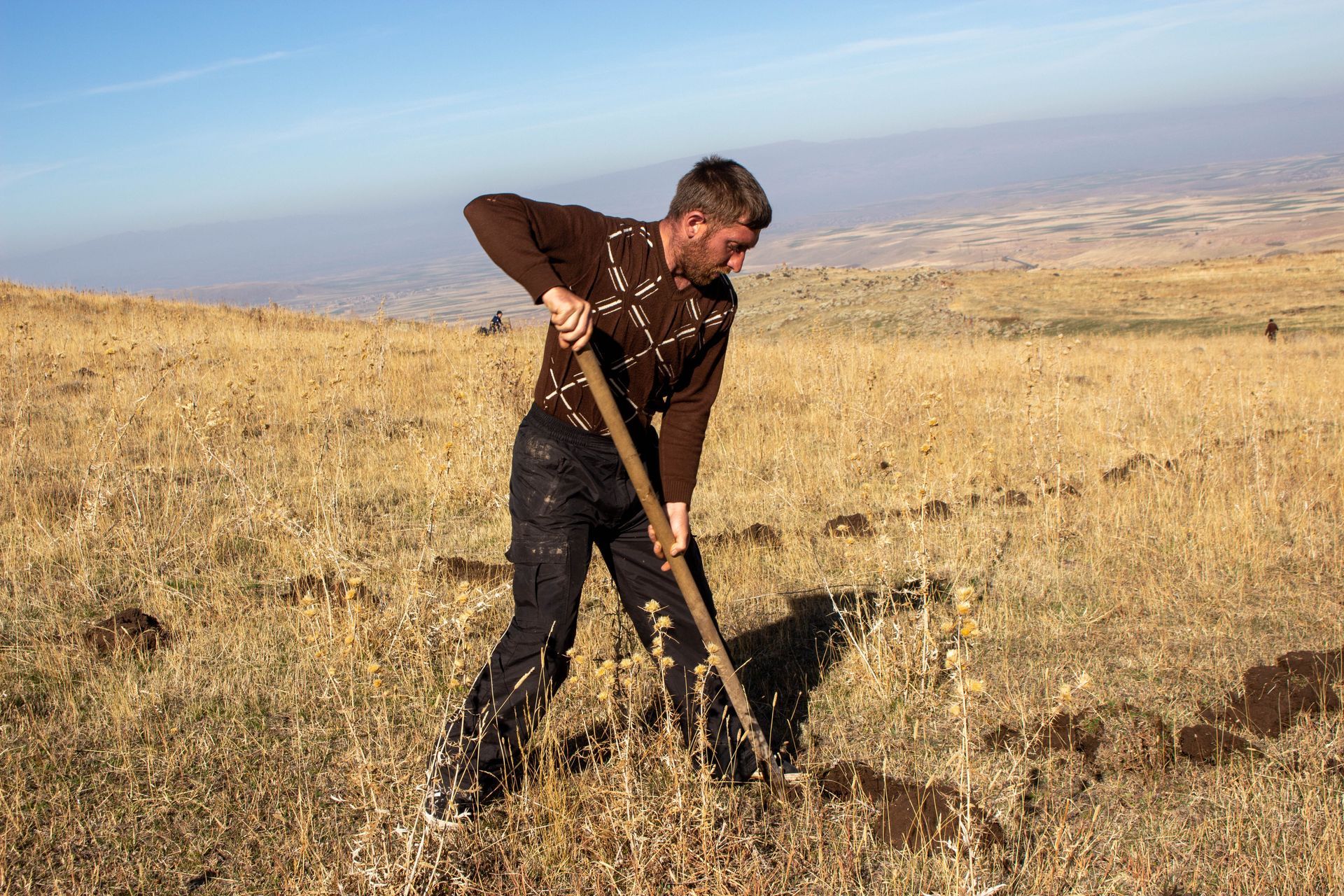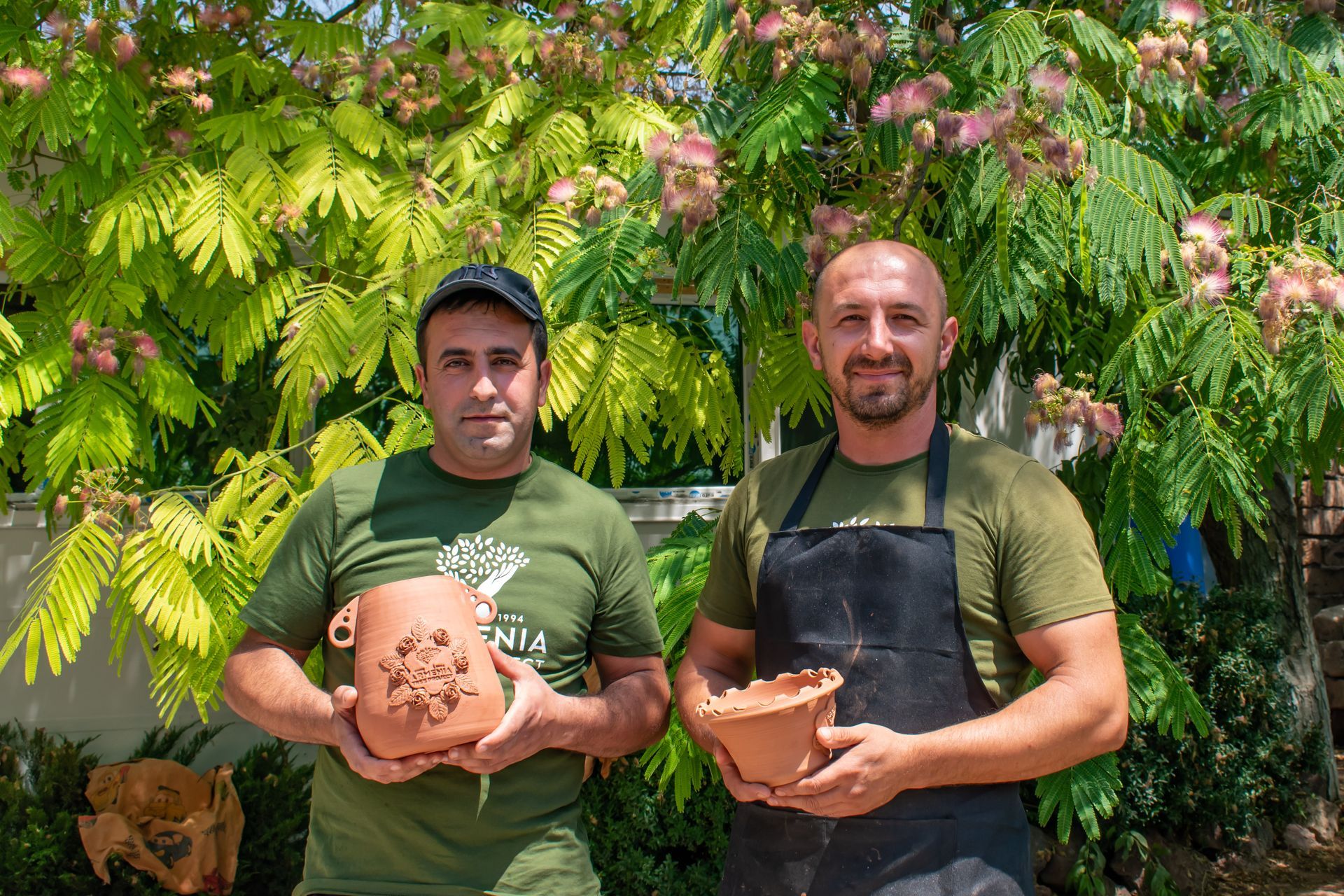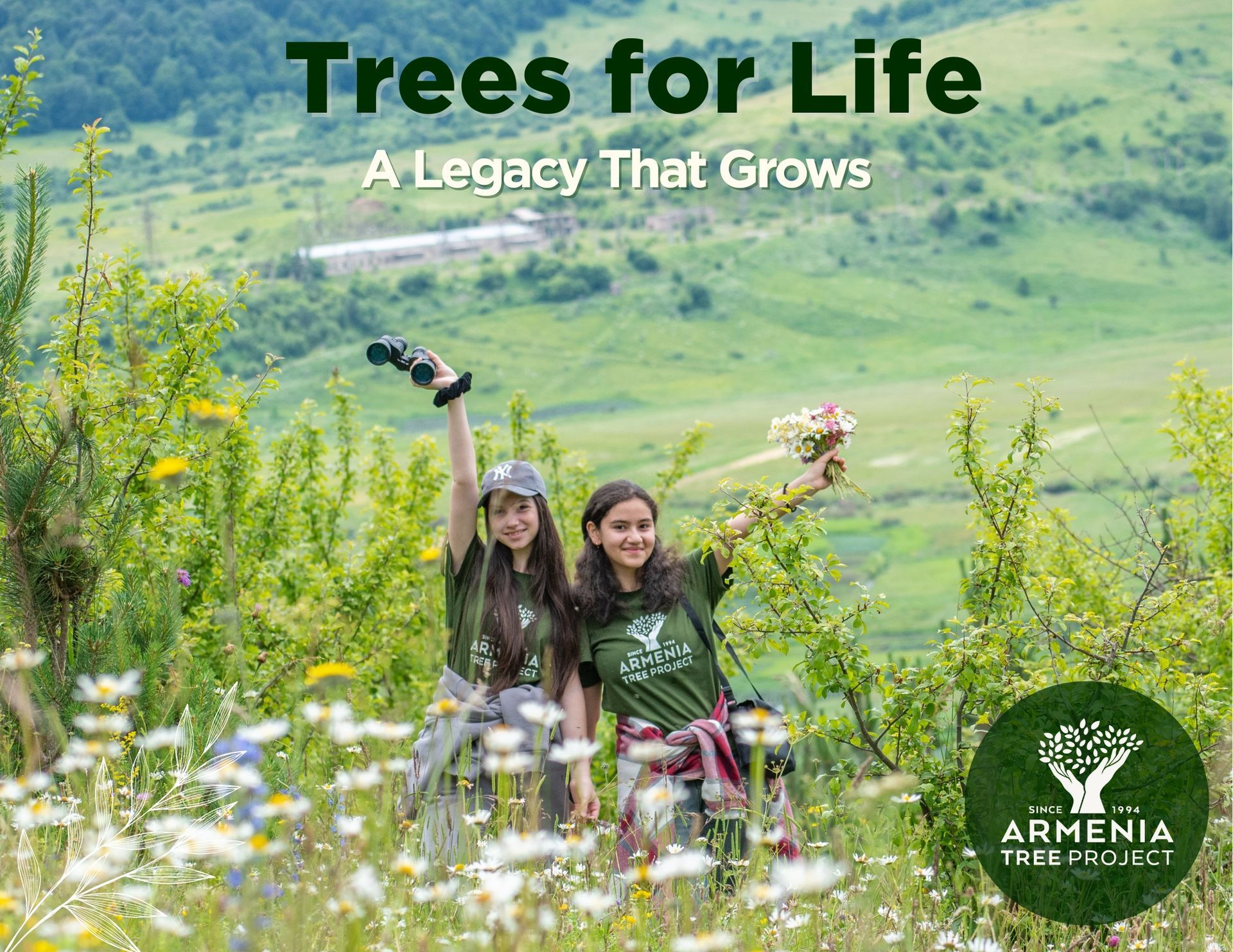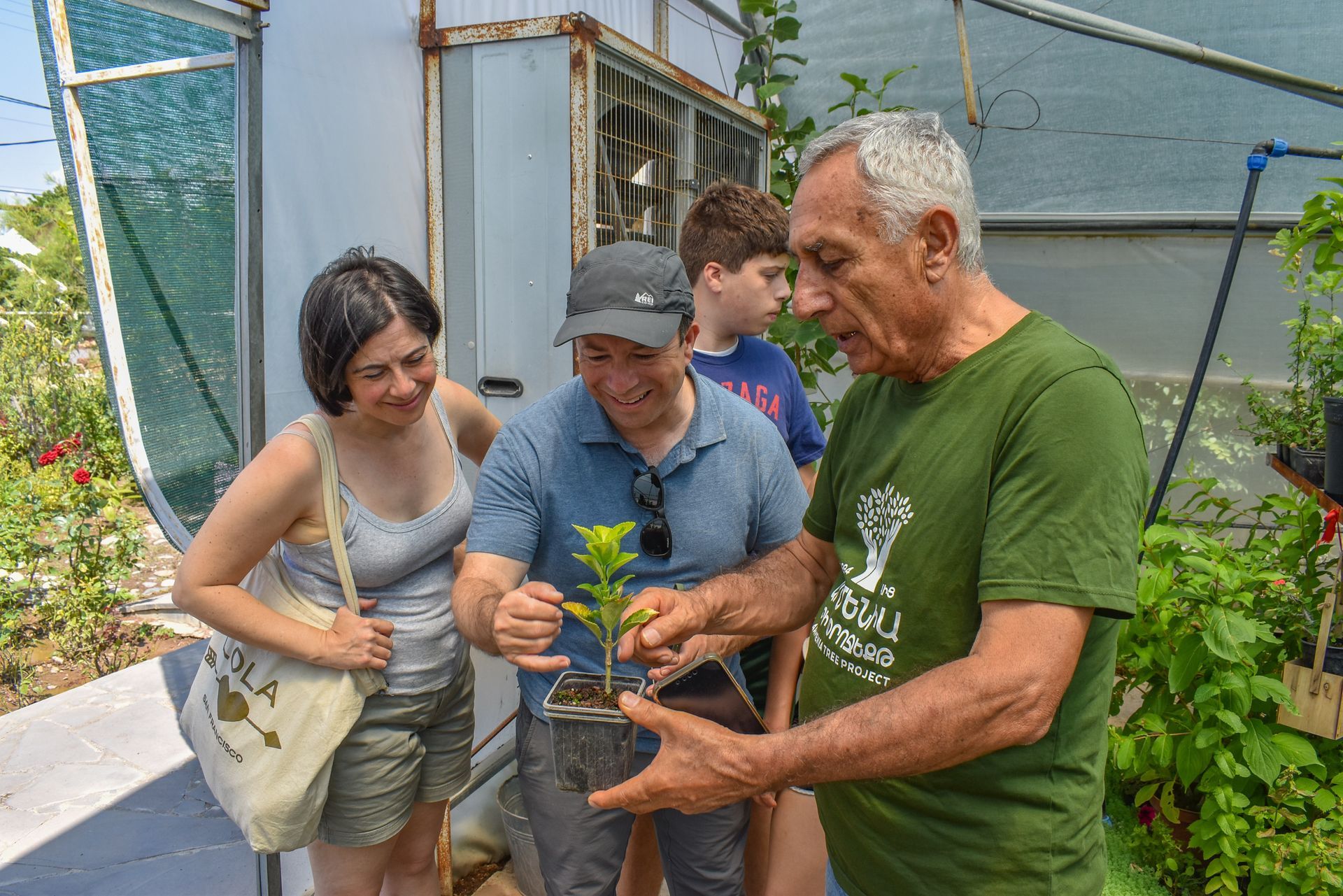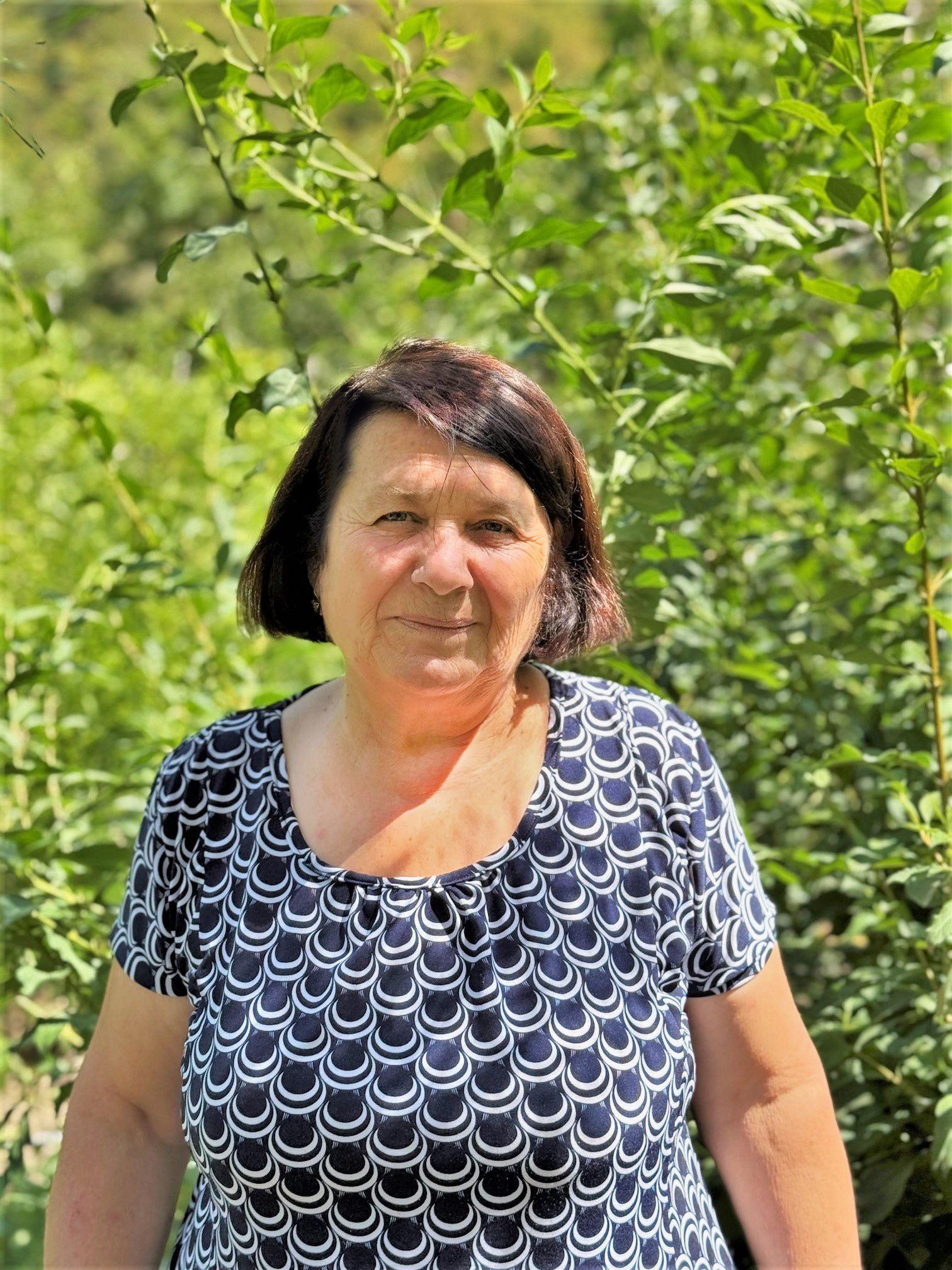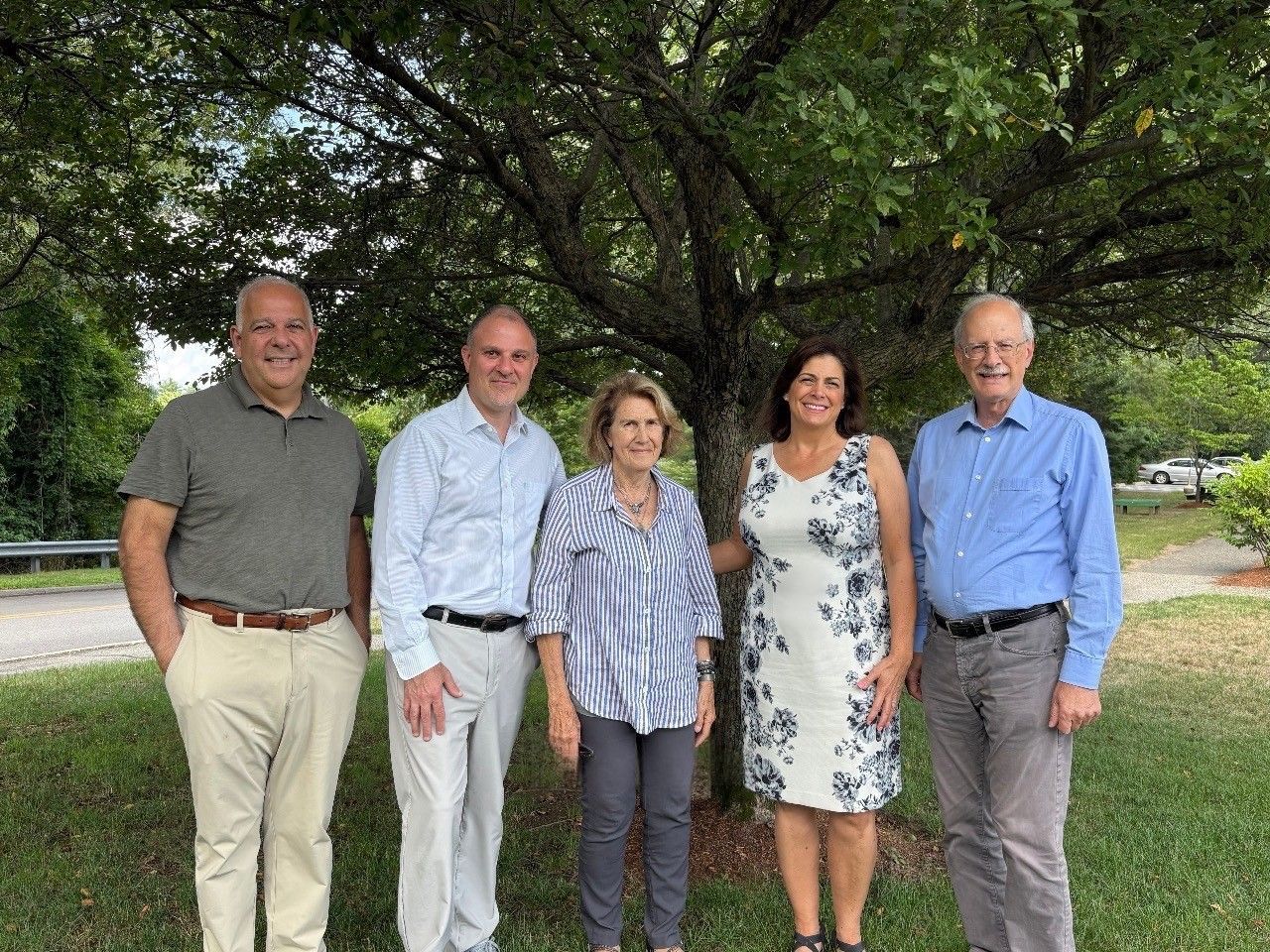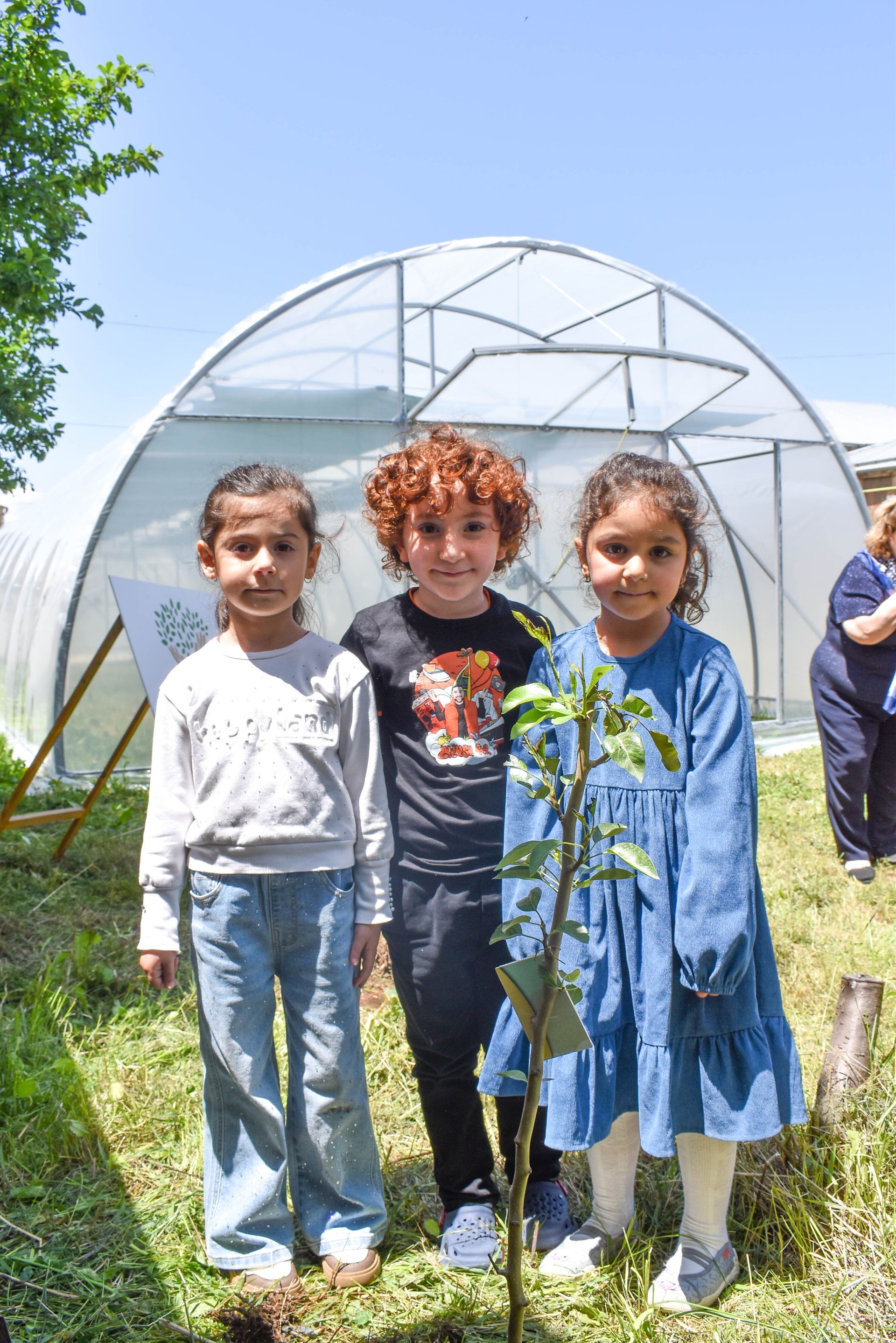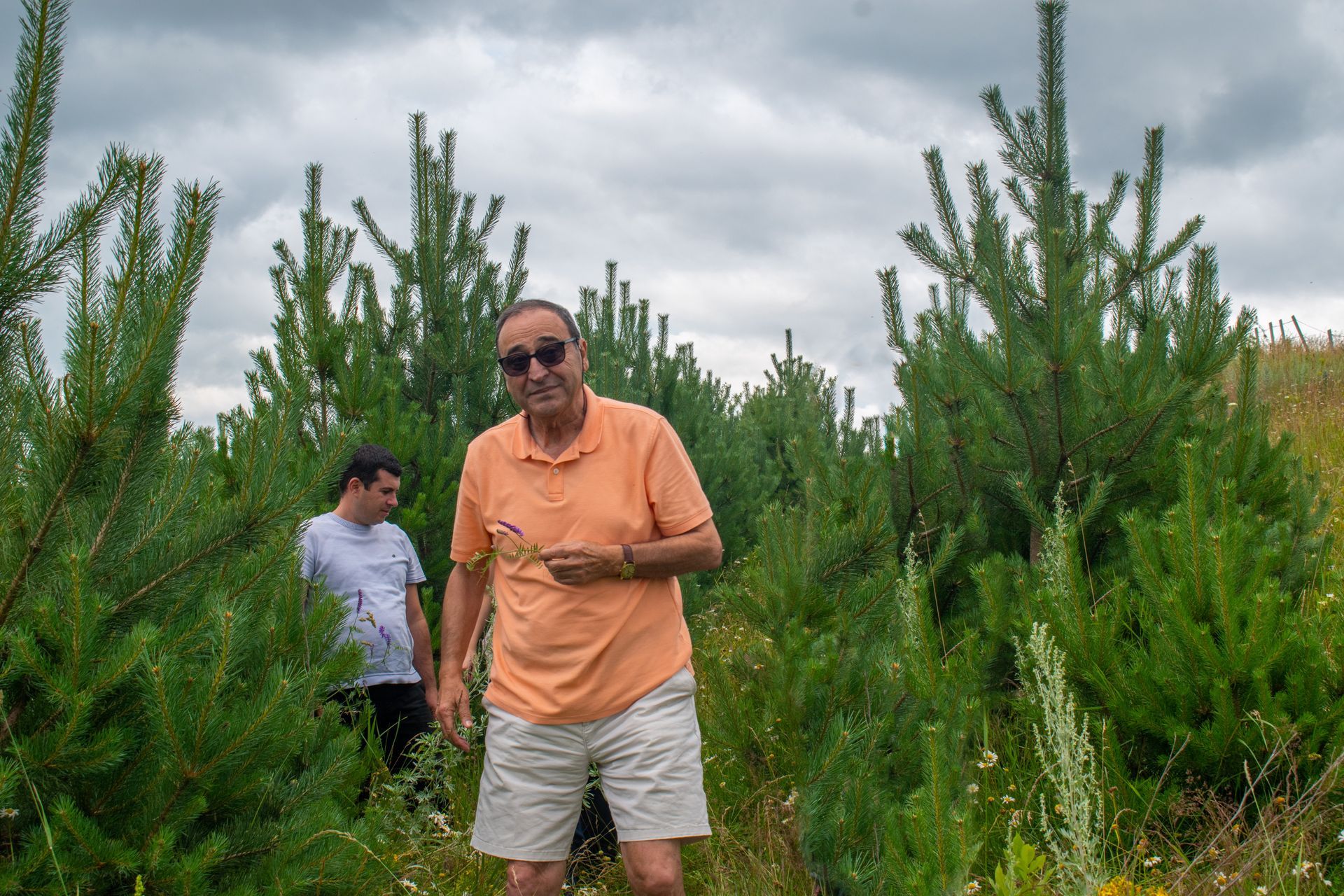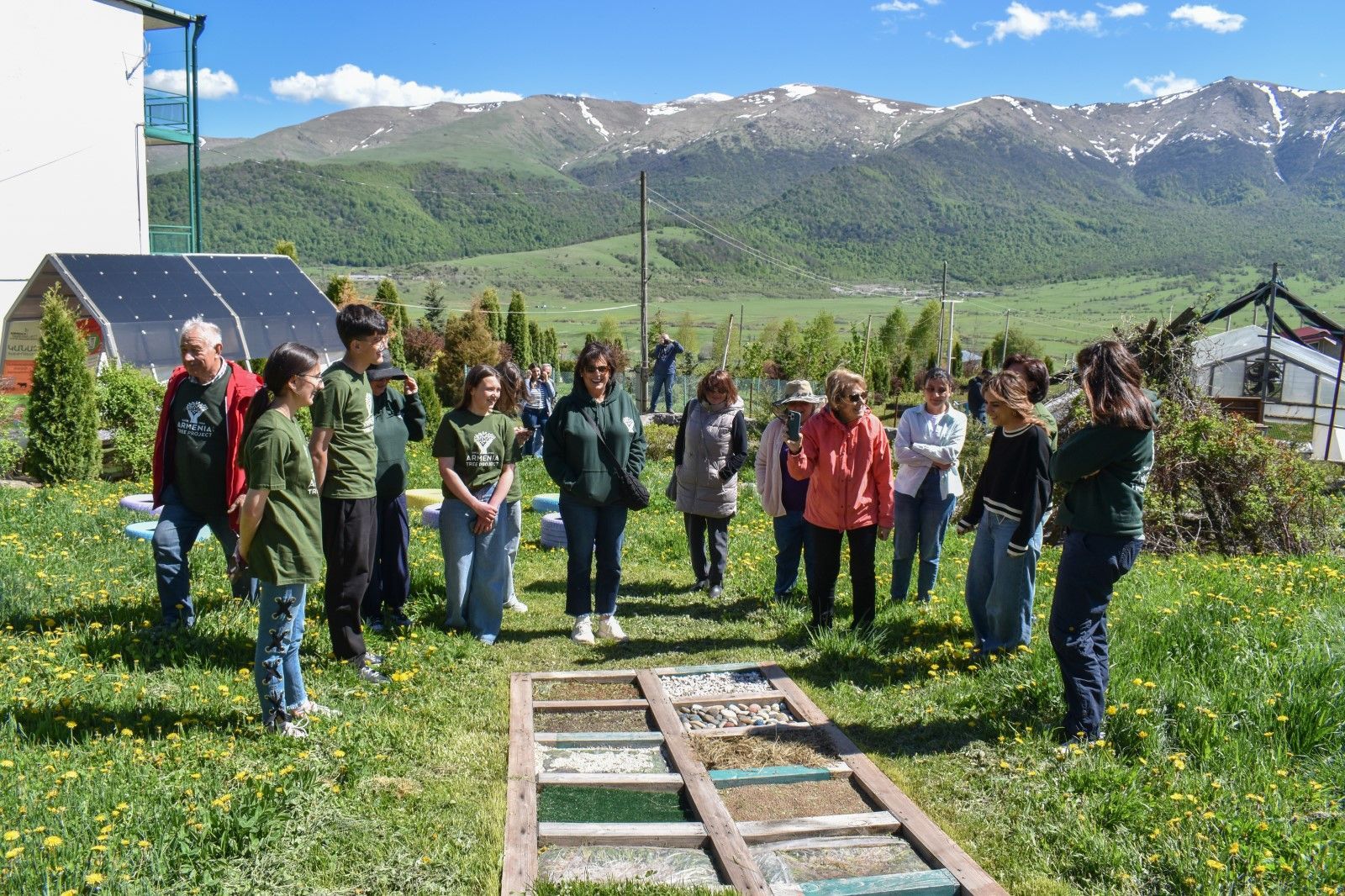EVERY TREE MATTERS
The nine-millionth tree! Is that a big number, is that something we should celebrate with great enthusiasm?
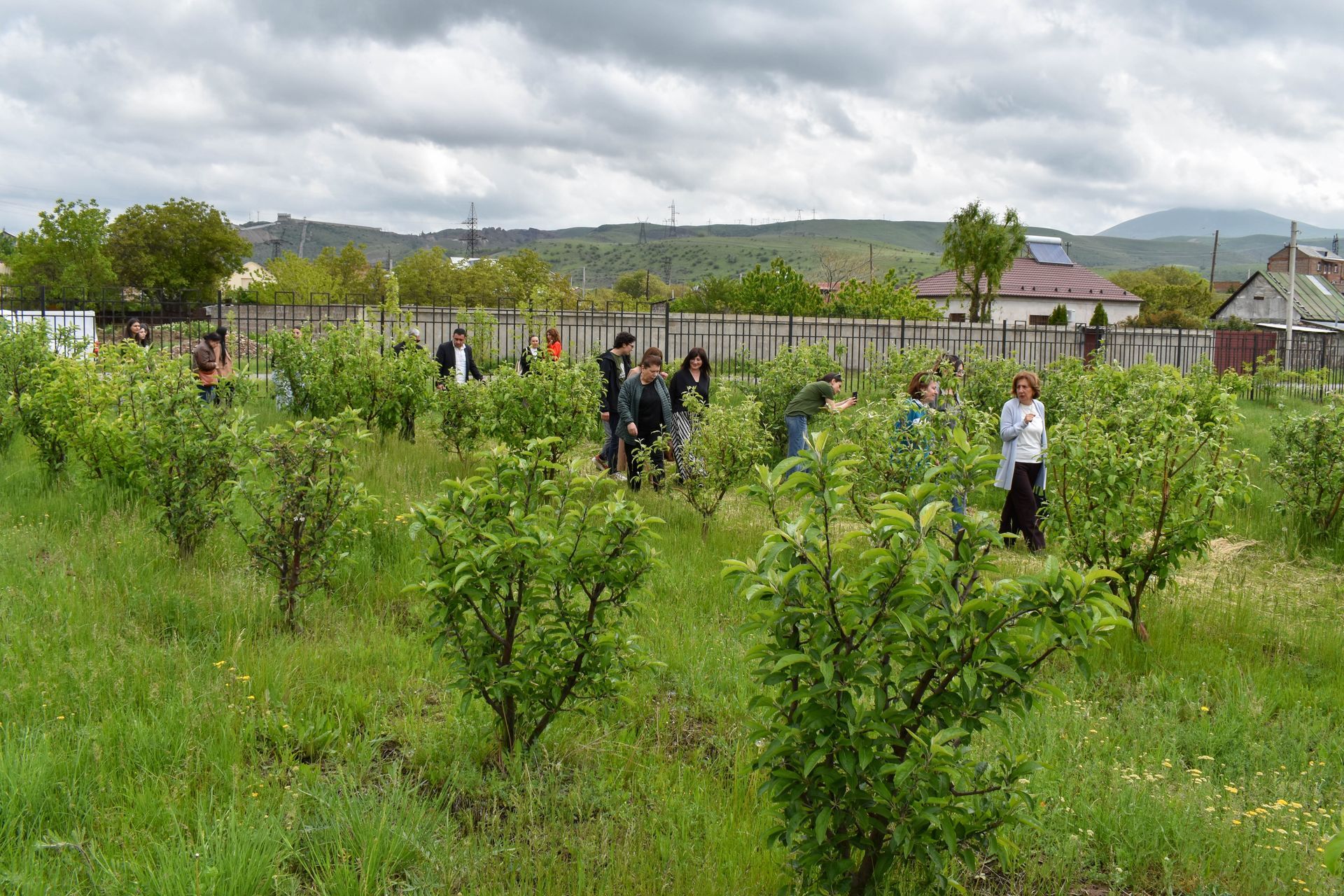
Written by Kushane Chobanyan (Կուշանե Չոբանյան)
The nine-millionth tree! Is that a big number, is that something we should celebrate with great enthusiasm?
I grew up in the third largest city of Armenia, Vanadzor. As a kid, I remember how the green forest, vividly shining from our window, was almost emptied. It was a hard period for the country: people didn’t have a choice but to cut the forests to have timber to warm up their houses. Not that they didn’t know how important and pivotal a forest was for the environment, but because they didn’t have any alternative. So going back to the question: yes, every tree is important, every tree matters.
Armenia Tree Project planted the 9 millionth tree during the 30 decades since the establishment of the organization. Jeanmarie Papelian, the Executive Director, was a student in the US, when the devastating earthquake of Spitak struck in 1988. She started participating in many initiatives that could help Armenia to overcome the terrible period. Now, as she celebrates her 10th year with the organization, she reflects on the past decade full of joy and happiness, yet also marked with failures and disappointments.
“We try to be public advocates for environmental respect and preservation, educating people about the benefits of forests. To be honest, in rural villages in Armenia, people know about the benefits of forests—they use the resources, they go and collect herbs and mushrooms.At the same time, we understand that if you’re cold, you need to heat your house. We are very supportive of efforts around the country to introduce people to affordable alternatives for heating their homes. In the region of Lori, we have a forest that is 18 years old today, and when it turns 20, we are going to give it back to the community. We educate the community to take care of the forest and provide them with tools and resources.”
Something that was very challenging but, in the end, very rewarding was the work that Armenian Tree Project did with the people of Artsakh (Nagorno-Karabakh). The greenhouses provided by the organization helped many people in this territory survive during the blockade of their country back in 2023. People were taught techniques and given tools to take care of the greenhouses, which had become the main food source for their families. Jeanmarie Papelian highlights that this moment outweighs all data and statistics, because they realized how important their work was for every single individual.
Armenia Tree Project implements environmental education programs for both children and adults. In the village of Nor Geghi, Kotayk, for instance, it was the children who united their parents around the school and involved them in various environmental initiatives. Vahe Yeghiazaryan, 14 years old, was born in Nor Geghi. When he started meticulously explaining to me the techniques of planting and caring for a tree, I could hardly believe he was only 14. His passion for tree planting and establishing orchards comes from his family, who own land in the village. When he became a member of the school’s Eco Club, his understanding of environmental protection went beyond just planting trees.
*The idea of ATP Eco-Clubs is aimed at creating a powerful student community armed with ecological knowledge that will develop appropriate skills for implementing environmental mini-projects in their communities, changing the behavior of other students and community members. Currently Armenia Tree Project has 44 Eco-Clubs in different regions of Armenia.
“I’m not the kind of person who learns all the subjects at school, because I think that sometimes teachers don’t use the best teaching methods to engage us in the learning process. The opportunity to get involved in the Eco Club was interesting to me because the knowledge we gained wasn’t about theories—it was about doing, failing, and starting over and over. What I love about education is that you can ‘touch it,’ learn everything with your hands.”
Vahe shows me around their school grounds, proudly showing the apple trees that have grown and will soon bear their first fruits. Everything is utilized in their school after the harvest: the best part is used to make dried fruits, while the rest is used for compotes and cider vinegar.
Anahit Hovespyan and Milena Hovhannisyan are classmates who are interested in environmental education and preservation. They joke that when they see children throwing garbage in the streets of their village, they turn into experts—explaining the harm caused by littering and emphasizing how important it is to set an example by taking care of the place they live in.
“We established a summer classroom for our school, and it has become the favorite part of this area,” says Anahit. Milena adds that the summer classroom in the apple orchard was built by the students themselves. Everyone was involved in the process—some were painting, others were making chairs.”
Alex Mirak Kew, a half-Armenian individual from Boston, actively talks with the students of Nor Geghi’s 2nd school. The funny thing is, Alex doesn’t speak Armenian, yet volunteers at the nursery in Margahovit. I wondered how the volunteer manages to communicate with so many people without knowing the language. And soon I found out—it’s about speaking the one language we all understand: the language of nature.
“Oh, you wonder how I communicate with the seasonal workers or experts in Margahovit? Gestures help us a lot, because when you’re in the same field, it’s not even necessary to speak the same language. Of course, there can be ridiculous situations. For instance, when they ask me to count the trees and look at me with this skeptical face, wondering if I understood that “haryur” means 100—but the rest is fine.”
Alex is sure that volunteering is not only a chance to gain experience, but also an opportunity to make your own contribution, explore the environment, and get to know it.
When you know your country, you start appreciating everything. And that’s when a tree is no longer just an amount or a number—it becomes the change you make for future generations.



